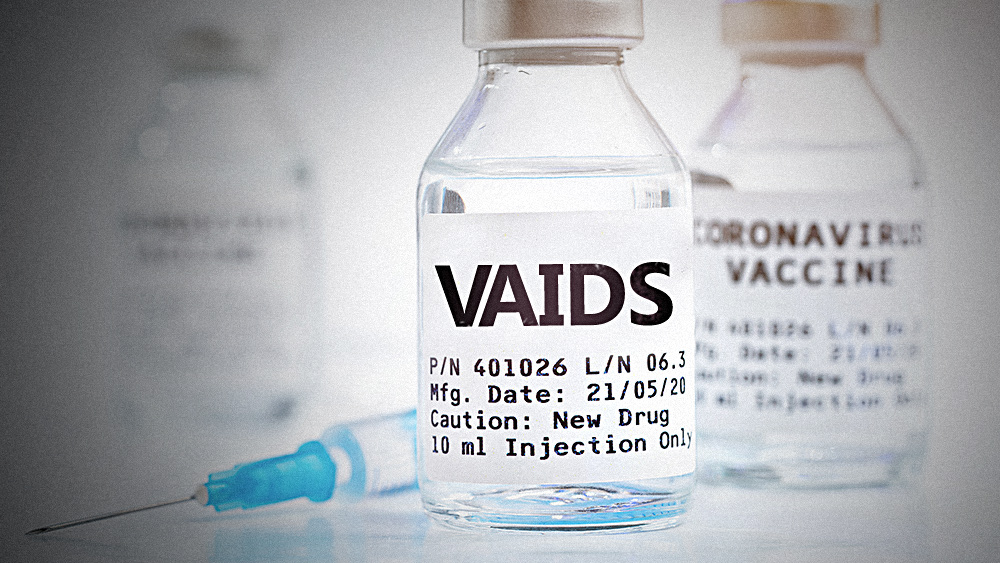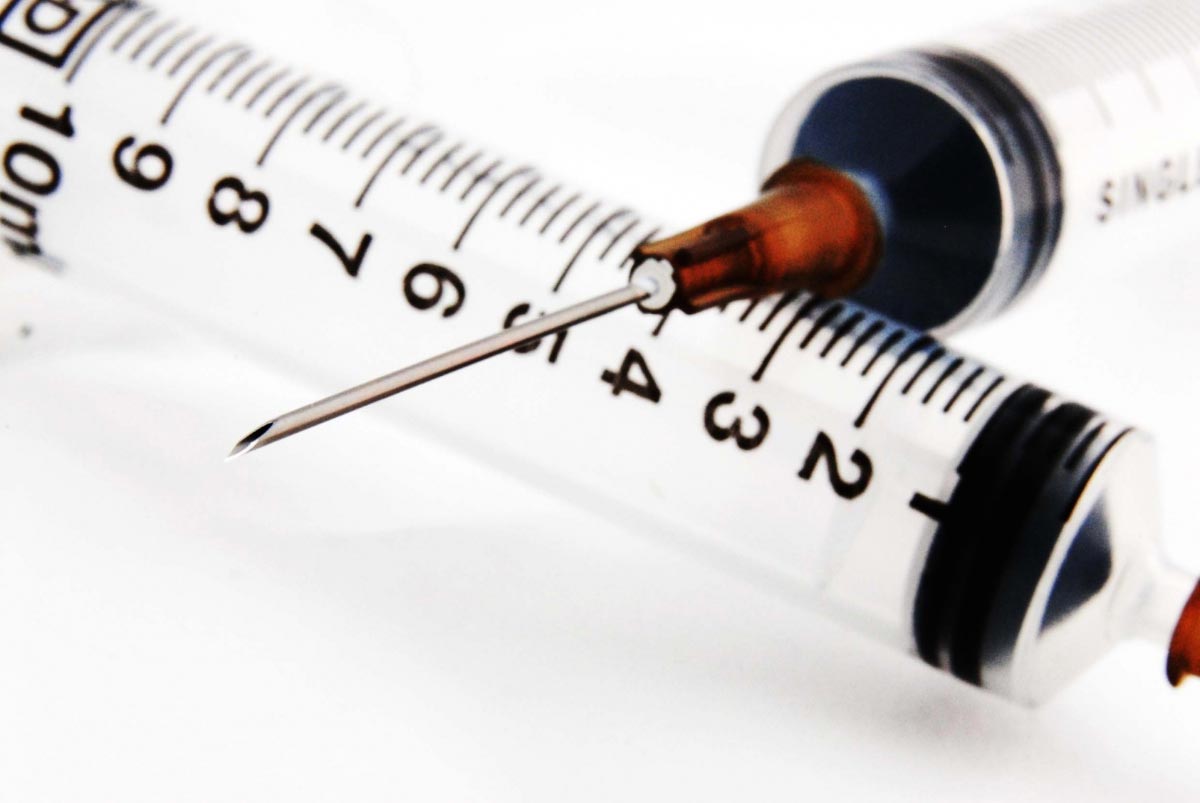STUDY: Microplastics in the body may aggravate cancer and spur metastasis
05/01/2024 / By Laura Harris

A recent study published in the journal Chemosphere has found alarming evidence suggesting that microplastics might exacerbate cancer aggressiveness and stimulate the spread of cancer cells, also known as metastasis.
Microplastics, tiny particles measuring a millionth of a gram, are present in virtually everything humans consume, from bottled water to meat and plant-based food. They can enter the body through the consumption of food that has made contact with plastic food packaging and through contact with everyday products that contain or are made of plastic.
According to research leader and prominent cancer scientist professor Lukas Kenner of the University of Vienna, cells coming into contact with microplastic particles smaller than 0.25 micrometers show an increased tendency to migrate and potentially influence the formation of secondary tumors or metastases.
The study also discovered that plastics within cells would not obstruct cell division. Instead, they remained lodged within cells, unable to be expelled and instead passed on. This, in turn, could contribute to the acceleration of tumor growth.
Additionally, the study suggests that when microplastics get into the placenta, they are transmitted to embryos, which could pose a significant threat to unborn children.
“The findings scare me, and I hope it scares other people too,” Kenner said.
Scientific studies reveal dual threat of microplastics to environment and human health
The surge in plastic production started in the 1950s. Since then, plastic has become impossible to avoid because of the fact that it takes centuries for it to properly degrade.
In 2023 alone, global plastic production reached a staggering 500 million tons. The plastic products manufactured that year have over 16,000 known chemical ingredients, many of which can cause negative health effects like hormone disruption, decreased fertility and heart disease. This doesn’t even take into account the other ways microplastics pose a threat to human health and the fact that a growing body of scientific evidence shows how dangerous microplastics are to the environment.
In another study conducted by Austrian researchers, they found that the digestive tract is the most common entry point of microplastics to the human body. Meanwhile, another study conducted at the University of Birmingham in the United Kingdom found that the skin could absorb up to eight percent of polybrominated diphenyl ethers (PBDEs), a chemical additive within microplastics commonly used as flame retardants in various plastic products, including furniture foam padding, wire insulation and cabinets for electronics.
PBDEs can infiltrate the human body through sweat, with higher levels absorbed by sweatier skin.
Moreover, other studies found that microplastics can enter the human brain, heart, lungs and even placentas. (Related: MICROPLASTIC INVASION: Researchers find microplastics in human heart tissue.)
In a study published in the journal Toxicological Sciences, microplastics were found in all 62 human placenta samples tested. After chemically treating the 62 placenta samples, the researchers discovered that 54 percent of polyethylene, the same material used in plastic bags and bottles, is present in placental tissue. Polyvinyl chloride, more commonly known as PVC, and nylon each makeup around 10 percent and the rest consist of nine other types of plastics.
According to Maria Westerbos of the Plastic Soup Foundation and Plastic Health Council, plastic portends long-term peril.
“There should be no doubt in the fact that plastic is killing us in the long term. We have seen study upon study demonstrating the stark reality that we must work toward a future free from toxic plastic with immediate effect,” she said. “The Global Plastics Treaty represents a milestone moment in the trajectory of the plastics crisis. But change will only happen if policymakers remove their heads from the sand and listen to the science.”
Visit Microplastics.news for more stories about the prevalence of microplastics and their effects on human health.
Watch this video to learn more about the disturbing discovery of microplastics inside the human body.
This video is from the Daily Videos channel on Brighteon.com.
More related stories:
New study reveals microplastic chemicals can enter the human body through sweat.
Microplastics are everywhere, including in New Zealand’s rainfall.
STUDY: Researchers found microplastics in all human placenta they tested.
Microplastics alter the shape of human lung cells, warn scientists.
Bottled water found to contain alarming levels of plastic particles, microplastics.
Sources include:
Submit a correction >>
Tagged Under:
cancer criminals, cancer tumors, dangerous, discoveries, Ecology, environment, health science, microplastics, poison, real investigations, research, toxic chemicals, toxic ingredients, toxins
This article may contain statements that reflect the opinion of the author
RECENT NEWS & ARTICLES
HealthScience.News is a fact-based public education website published by Health Science News Features, LLC.
All content copyright © 2018 by Health Science News Features, LLC.
Contact Us with Tips or Corrections
All trademarks, registered trademarks and servicemarks mentioned on this site are the property of their respective owners.




















